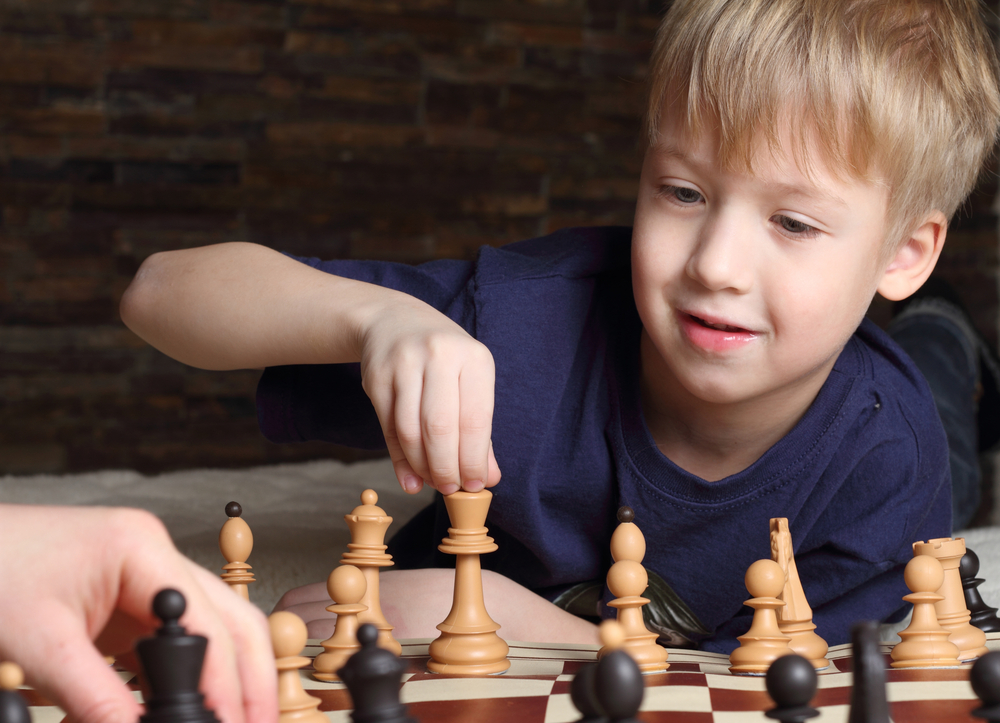Understanding Sequences Normal Worksheets for Ages 5-7
6 filtered results
-
From - To
Welcome to our "Understanding Sequences Normal Worksheets" page, designed for children ages 5-7! Our engaging and interactive activities help young learners master the essential skill of recognizing and completing sequences. These worksheets encourage critical thinking and pattern recognition through various fun exercises, such as filling in missing elements or arranging objects. Perfect for reinforcing classroom learning at home, these resources promote cognitive development while making learning enjoyable. Each worksheet is beautifully illustrated to captivate young minds, making it easier for them to grasp the concept of sequences. Explore our collection and boost your child's confidence in understanding sequences today!
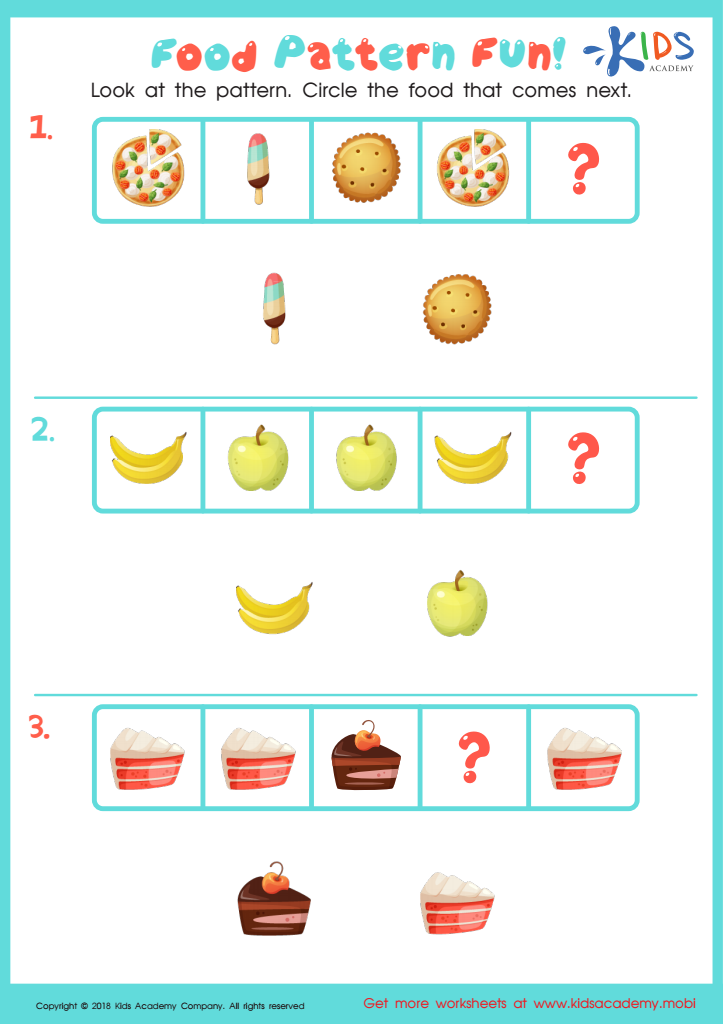

Food Pattern Fun Worksheet
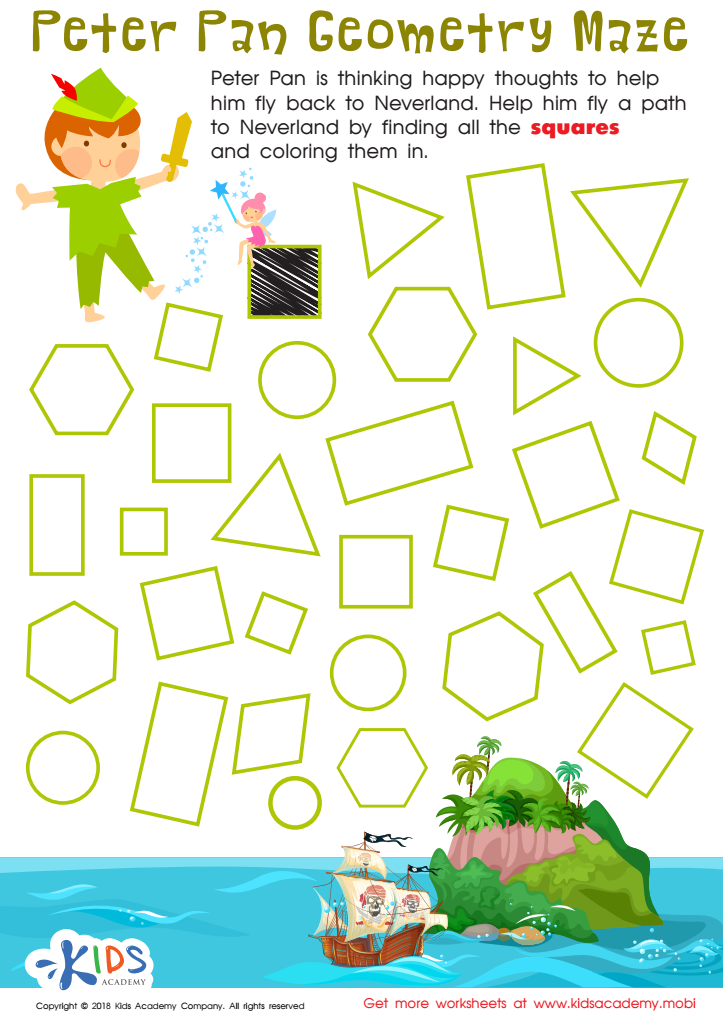

Peter Pan Worksheet


Snowman Tracing Winter Words Worksheet
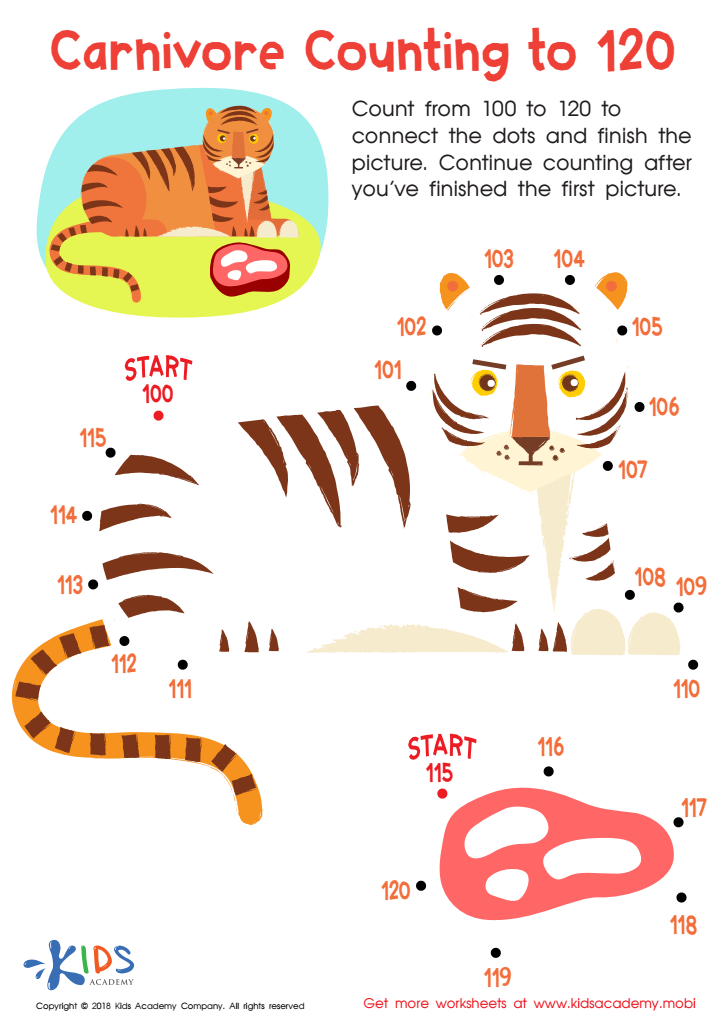

Carnivore Counting to 120 Worksheet
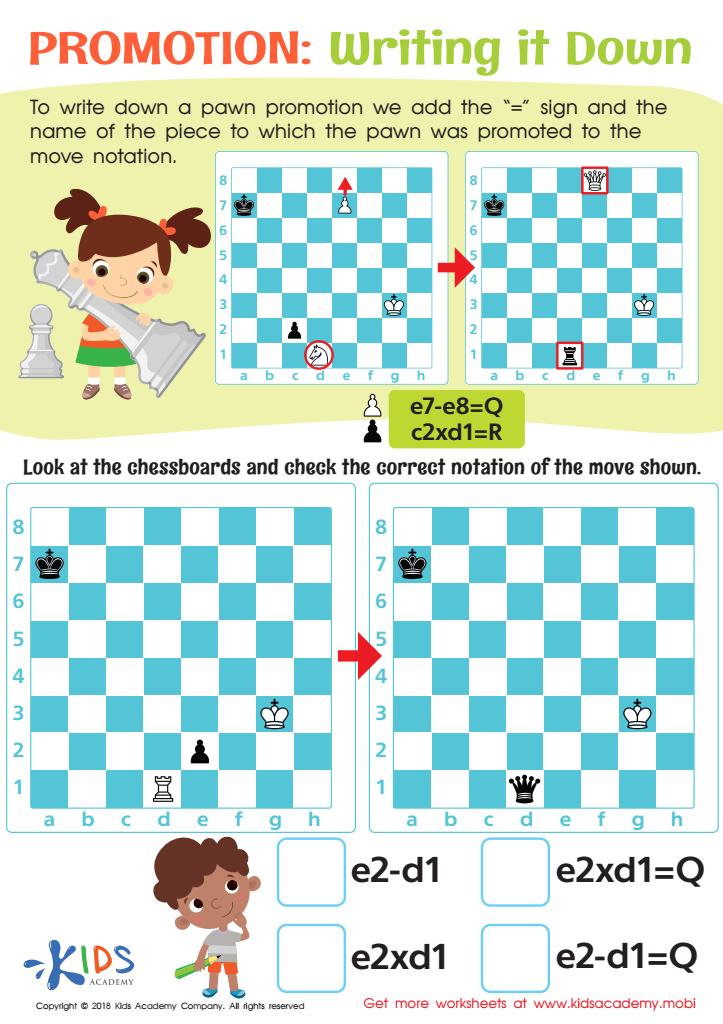

Writing it Down Worksheet
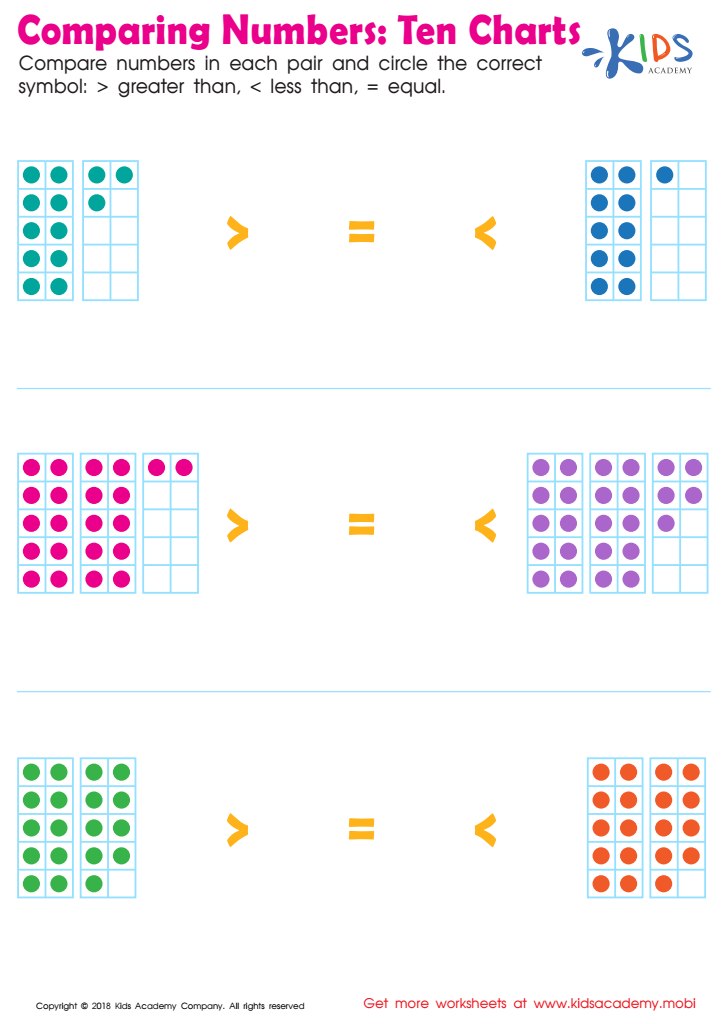

Ten Charts Worksheet
Understanding sequences is a fundamental skill for children ages 5-7, forming the basis for critical thinking, problem-solving, and mathematical reasoning. At this developmental stage, children are naturally curious and eager to explore patterns around them, making it an ideal time to introduce the concepts of order and arrangement.
When parents and teachers focus on teaching sequences, they help children develop important cognitive skills. For example, recognizing and predicting patterns in sequences fosters logical thinking and enhances children's ability to make connections between ideas. This skill is not just limited to math but extends to reading and everyday life, allowing children to understand stories and events in a structured manner.
Additionally, sequencing activities can improve memory and temporal understanding, teaching children to comprehend the concepts of before, after, and next. Such skills are essential for future learning, as they provide a foundation for more complex mathematical topics and are applicable in diverse contexts, from science to language arts.
By engaging children in sequencing exercises—like arranging objects, following steps in a recipe, or completing stories—parents and teachers empower them to think critically and independently. Overall, prioritizing sequencing early on lays the groundwork for academic success and lifelong learning.
 Assign to My Students
Assign to My Students









